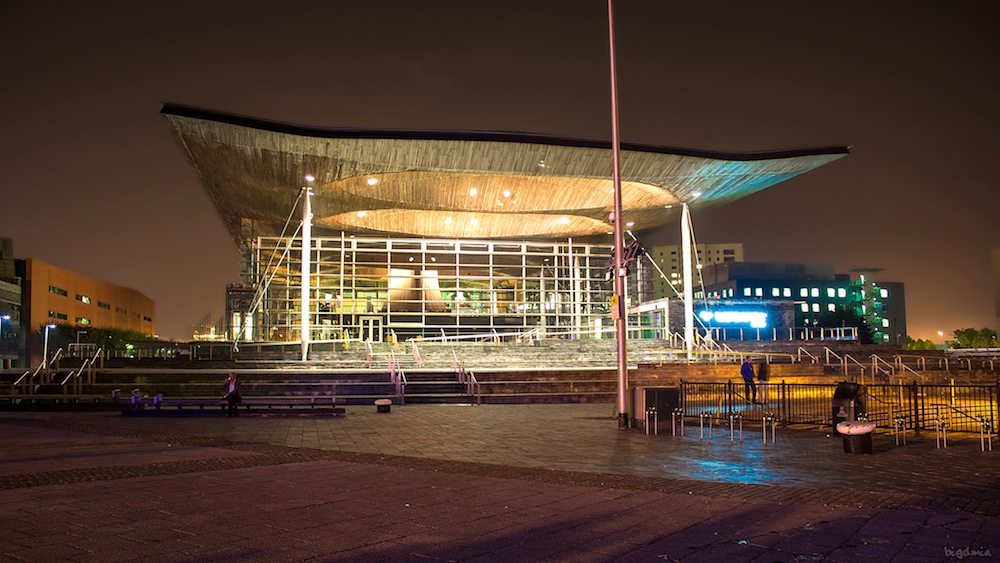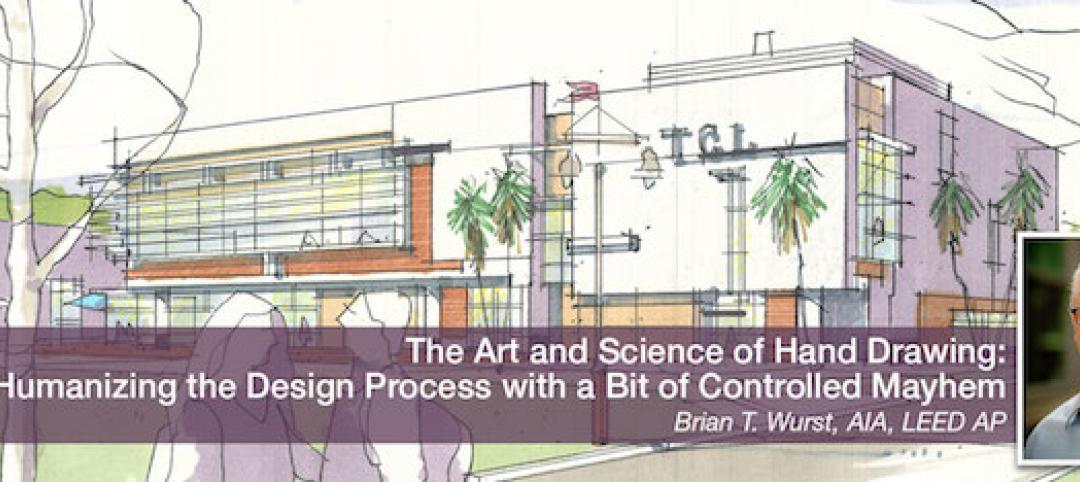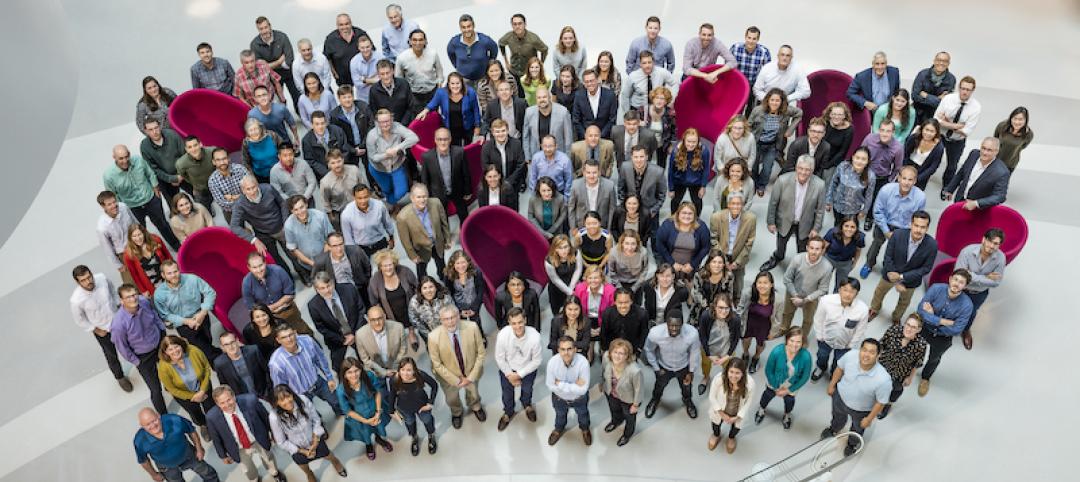The Urban Land Institute named architect Lord Richard Rogers the 2015 recipient of the J.C. Nichols Prize for Visionaries in Urban Development.
The award, the institute’s highest honor, recognizes individuals or groups that demonstrate a “longtime commitment to the creation of communities that reflect the highest standards of design and development," according to the trade group.
Rogers is the Founder of Rogers Stirk Harbour + Partners in London. He has been an architect and urban design adviser to public officials for 53 years. Rogers' portfolio includes more than 150 projects of varying types over his career, most of which are situated in London or other cities in Europe.
He is most known for Chiswick Park, Lloyd’s building and Millennium Dome in London, the National Assembly (or, the Senedd) for Wales in Cardiff, United Kingdom, and the Pompidou Centre in Paris. He also worked on the 3 World Trade Center in New York City, which will open in 2018.
"Richard's work, whether it is architecture or advocacy, shines a spotlight on the challenges that people in urban areas are facing and offers solutions that can be implemented," 2015 Nichols Prize Jury Chairman Marilyn Taylor said in a statement. "Living well in cities and extending that sense of wellness to everyone – those are the impacts that Richard is making with his words, his advocacy and his work. His impact is as much about how he has affected public policy as in the buildings he has built. Better ideas about housing, or about how public space meets a building – that's where Richard's contribution is."
Rogers will be awarded the $100,000 prize at the ULI Europe Conference in Paris in February.
Related Stories
Architects | Dec 10, 2018
The art and science of drawing: Humanizing the design process with a bit of controlled mayhem
Hand drawing reveals a dimension beyond those available in a CAD drawing or digital rendering.
Architects | Dec 7, 2018
2019 AIA Gold Medal awarded to Lord Richard Rogers, Hon. FAIA
The Gold Medal honors an individual whose significant body of work has had a lasting influence on the theory and practice of architecture.
3D Printing | Dec 7, 2018
Additive manufacturing heads to the jobsite
Prototype mobile 3D printing shop aims to identify additive manufacturing applications for construction jobsites.
Architects | Dec 6, 2018
Payette honored with 2019 AIA Architecture Firm Award
The award recognizes a firm that has consistently produced distinguished architecture for at least 10 years.
Biophilic Design | Nov 19, 2018
Biophilic design: What is it? Why it matters? And how do we use it?
As we continue to move toward the city and spend more time indoors, our day-to-day interaction with quality nature is shrinking. One contemporary concept to reverse this effect is biophilic design, a strategic approach to tap into—and harness—nature in the built environment.
Architects | Nov 6, 2018
Kohn Pedersen Fox opens three new offices
Following exciting current work, new commissions, and upcoming opportunities, global architecture firm embraces the future with new outposts.
Architects | Oct 2, 2018
Gensler, in latest report, highlights where resilient design could make the greatest impact on the built environment
The firm showcases its own recent projects as demonstrations for what can work in six areas.
Architects | Sep 24, 2018
Assembly (and rigorous planning) required: Managing the pros and cons of modular construction
While offering efficiency and flexibility, modular construction requires extensive planning and collaboration to avoid potential challenges.
Architects | Sep 19, 2018
Back it up: Parking lot trends
There are two shifts that we are seeing in parking lot planning and design – and these shifts are rooted in parking’s place at the intersection of environment, transportation, and market behavior.
Architects | Sep 14, 2018
We’ve entered the golden age of brain science. What does it mean for AEC firms?
New research from the SMPS Foundation explores the known principles and most recent research surrounding the human brain and behavioral science. The goal: to discover connections between the science and the AEC business.















